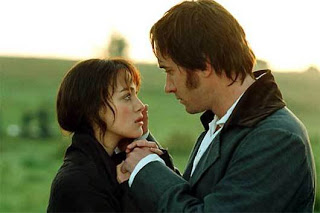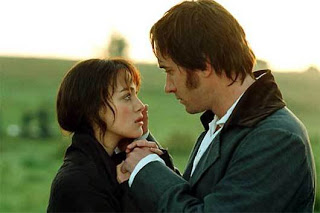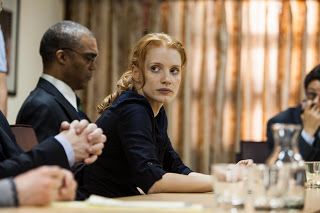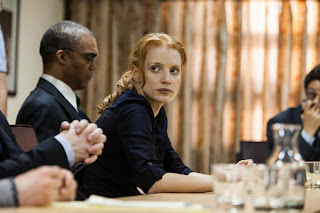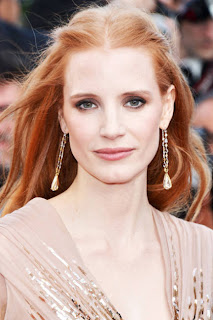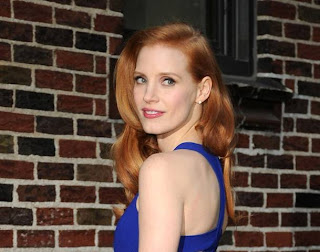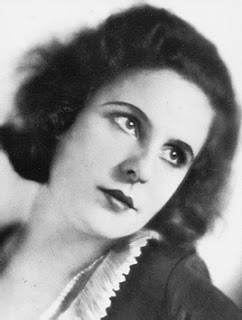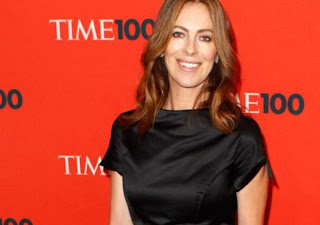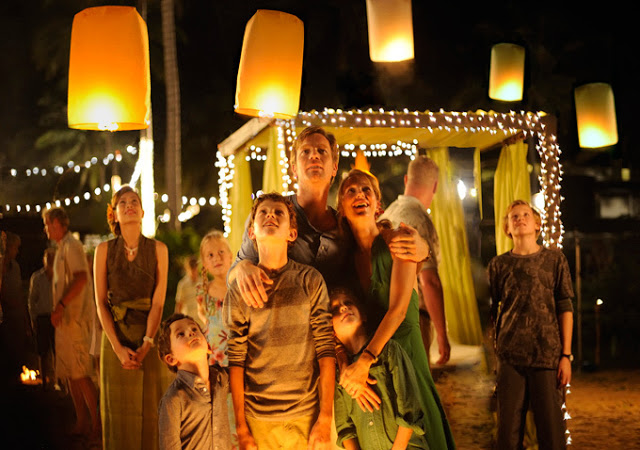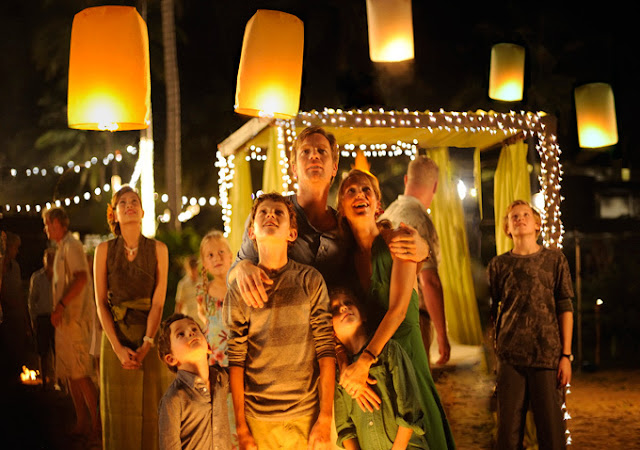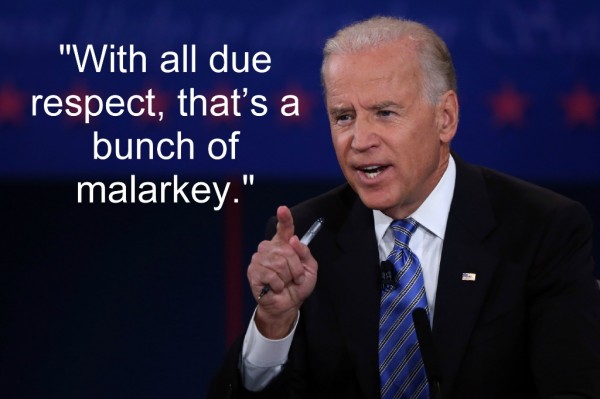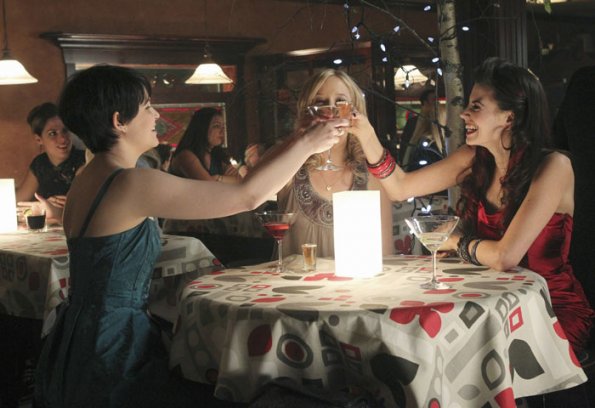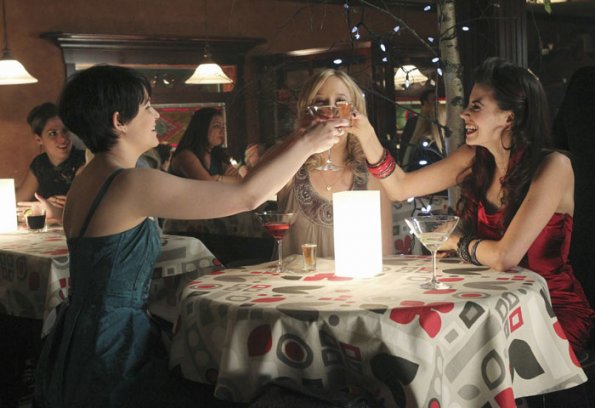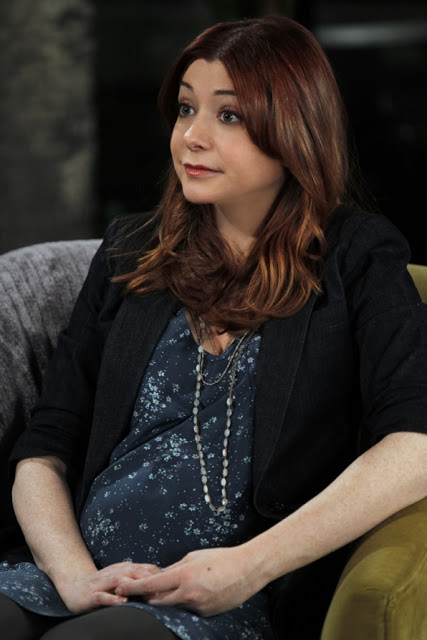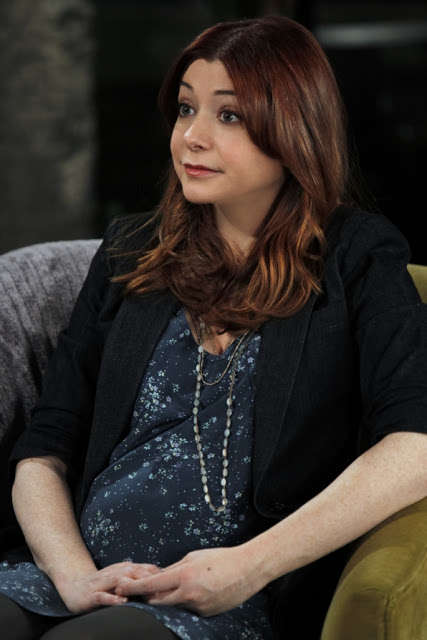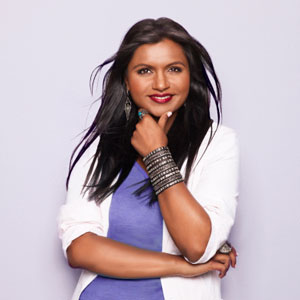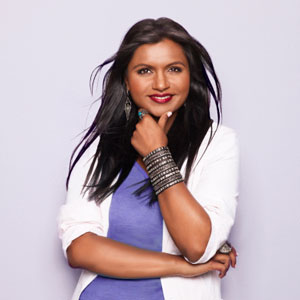Written by Lady T. Some of this piece was originally published at The Funny Feminist.
Is there any literary comfort food better than Pride and Prejudice? No, there is not. Every time I read it (about once a year), I have to force myself not to swallow the whole thing in one gulp. I try to pace myself, but I can’t. Watching the 1995 BBC miniseries presents the same problem. I can only watch it when I have nothing else to do that week because I will watch all six hours in one night if I’m not stopped.
I feel less inclined to watch the 2005 version again. I somewhat enjoyed it the first time I watched it, and especially liked Rosamund Pike as Jane, but when I watched the proposal scenes from both versions back to back, I almost felt embarrassed. The 2005 version just doesn’t compare.
Let’s take a look at the proposal scene from the 1995 version:
I love Colin Firth in this scene. His agitation and struggle is such a marked difference from Darcy’s too-cool-for-school attitude in the beginning of the miniseries. He shows just how much his love for Elizabeth completely rattles and unravels him, and when she rejects him, he’s shocked, shocked, I tell you. He may be in love with her, but he’s so arrogant that he had absolutely no doubt she would accept him. He fully believes that, given the disparity in their connections, he’s doing her a favor by bestowing his love and admiration. Jennifer Ehle as Elizabeth is also perfect. She’s all cool civility in the beginning, bowled over by his profession of love, and calmly biting until he pushes her to the edge.
I cringe in this scene and feel pity for both characters, but importantly, the comedy still comes through. I can’t help but laugh at Darcy’s mention of how he loved her against his will. “Your family’s an embarrassment. I make much, much more money than your family does. Being united with your family would be shameful and I would be humiliated to be associated with them. But I love you, so marry me?” Oh, Darcy.
Meanwhile, ten years later, we have this:
Marvel at Elizabeth and Mr. Darcy having a passionate conversation in the rain (because people were doing that all the time in the Regency period, don’t you know). Watch as Matthew MacFadyen and Keira Knightley rush through their dialogue and steamroll over each other – I mean, show Darcy and Elizabeth’s deep! passion! for! each! other! Weep as Mr. Darcy gives Elizabeth his best wounded puppy look because he’s so insecure (just like Darcy in the book…riiiiight), and watch as Elizabeth stares wetly back at him looking like she would love nothing more than to kiss him – because she certainly doesn’t completely loathe him at that point in the story.
I had a bad feeling about the 2005 adaptation even before I saw it, because Keira Knightley said something in an interview comparing Darcy and Elizabeth to two teenagers who don’t realize how much they actually like each other…and that’s exactly how she plays it. It’s such a disservice to both characters, especially Elizabeth, to describe them in that way. Elizabeth’s problem is not that she’s SEKRITLY IN LUUV with Darcy from the very beginning but in denial about her feelings. Her problem is that she’s almost as arrogant as Darcy is, so impressed with herself for being a wonderful judge of character, that she doesn’t revise her opinion of him until given evidence that she’s wrong. She’s not a teenage girl who just can’t decide which boy she likes better omg. She’s a grown-ass woman who is more flawed than she realizes. Knightley plays her like a petulant teenager. FAIL. And MacFadyen plays Darcy as insecure and wounded and emo. DOUBLE FAIL.
 |
| Pride and Prejudice or Wuthering Heights? Who can tell? |
(I don’t think I even need to mention that the movie is just so lush and gorgeous and Romantic with a DOUBLE Capital R, with heightened emotions, Elizabeth and Darcy meeting each other at daybreak on the moors and staring at each other lustfully. Never mind that Jane Austen spent an entire book and a half – Northanger Abbey and Sense and Sensibility – mocking and satirizing all of those Romantic conventions.)
Anyway, long story short, it used to bug me that the 2005 Pride Ampersand Prejudice (as I like to call it, to differentiate it from the superb BBC version) even existed, because it felt so very un-Austen to me. There were too many lingering shots on beautiful countrysides and Elizabeth spinning in her family’s swing, and not enough conversation, when conversation is at the heart of what makes Austen Austen. Looking at the film again, though, I realize that I have another reason to prefer the 1995 version: the treatment of the female characters.
One character I’ve always found fascinating is Elizabeth Bennet’s best friend, Charlotte Lucas: wise and calculating, a careful observer of human behavior and social norms, who won’t have a chance to marry someone worthy of her because of the social restrictions for women during the Regency period. She marries Mr. Collins knowing that he’s a ridiculous fool who can never make her truly happy, but resignedly accepts her fate anyway. She tells her dear friend, “I’m not romantic, you know. I never was. I ask only for a comfortable home – and, considering Mr. Collins’ character and situation in life, I am convinced that my chances of happiness with him are more than most people can boast on entering the marriage state.”
 |
| Lucy Scott as Charlotte Lucas |
Charlotte’s lines in the 2005 Pride Ampersand Prejudice are similar, but with a few key differences. She tells Elizabeth, “Not all of us can afford to be romantic. I’ve been offered a comfortable home and protection. There’s a lot to be thankful for. I’m 27 years old. I’ve no money and no prospects. I’m already a burden to my parents. And I’m frightened. So don’t judge me, Lizzy. Don’t you dare judge me.”
The first Charlotte is calm, cool, and collected in explaining her reasons for marrying Mr. Collins. The second Charlotte is bordering on desperate, openly admitting that she’s frightened.
 |
| Claudie Blakley as Charlotte Lucas |
I understand why Pride Ampersand Prejudice portrays Charlotte in this way. Women in the Regency period had very few options in their lives. Unless they were independently wealthy heiresses, like Austen’s own Emma Woodhouse in Emma, they had to marry well or suffer the consequences. Pride Ampersand Prejudice wants us to feel for Charlotte’s limited circumstances.
But I know Pride and Prejudice too well, and I can’t accept this change in Charlotte’s character. The Charlotte Lucas I know in Austen’s text would never have wanted to be pitied for her marriage. The Charlotte Lucas I know probably would not have been very romantic even if she could afford to be. The Charlotte Lucas I know is entirely practical, unapologetic in her choice of husband, and determined to make a comfortable life for herself – and she does. Charlotte in the BBC Pride and Prejudice is portrayed as less pitiable than the Charlotte in the Joe Wright film, even though the first Charlotte has a much less appealing Mr. Collins to put up with. David Bamber’s Mr. Collins is an inspired comic performance – unctuous, slimy, entirely lacking in self-awareness – while Tom Holland’s Mr. Collins is…short. And kind of awkward.
Watching the Joe Wright film, I can’t help but feel that Charlotte in the BBC version would feel insulted by her counterpart in 2005 (through no fault of Claudie Blakley, who gives a lovely performance). Original Recipe Charlotte would not want people to feel sorry for her, and would insist that she has a perfectly decent life. I’m inclined to agree with Original Recipe Charlotte that her happiness is “more than most people can boast upon entering the marriage state.” Charlotte will certainly be happier than Mr. Bennet, who married a woman just as silly as Mr. Collins, but wasn’t nearly as well-acquainted with his partner’s true character.
 |
| Mr. Bennet: less happy in marriage than Mrs. Collins |
Charlotte Lucas isn’t the only female character who’s softened or changed for the 2005 feature film, however. Mary Bennet is comforted by her father when she makes a fool of herself at the Netherfield party, presented as nothing more than a little shy and awkward, even though she’s pretty much the female equivalent of Mr. Collins – pompous and not as smart as she thinks she is. Mrs. Bennet has a moment where she’s portrayed as a heroine in disguise (um, NO) who needs to marry her daughters off to protect them. Even Georgiana Darcy rushes to Elizabeth and greets her eagerly when they first meet – even though, in the book, she’s so shy she can barely breathe in front of new people.
When I look at the way the female characters are presented in the 2005 film version, I see Regency characters with modern attitudes thrust upon them. Elizabeth is no longer spirited, but spunky. Charlotte is no longer practical, but pitiable. Mary is no longer pretentious, but geeky and awkward. Mrs. Bennet is no longer a hilarious comic character, but a desperate woman trying to protect her daughters. Georgiana can’t be shy anymore, but a spunky, miniature version of Elizabeth.
I appreciate the attempt to shed some light on the limited options of women during the Regency period, but much of the humor is lost from the original text when turning comic characters into sympathetic ones. I will always prefer the BBC Pride and Prejudice because it remembers that Jane Austen wrote a comedy, and doesn’t feel the need to lament over the fates of her female characters. All things considered, Charlotte Lucas is going to be fine, and it’s okay to be a feminist and still laugh at Mrs. Bennet.
